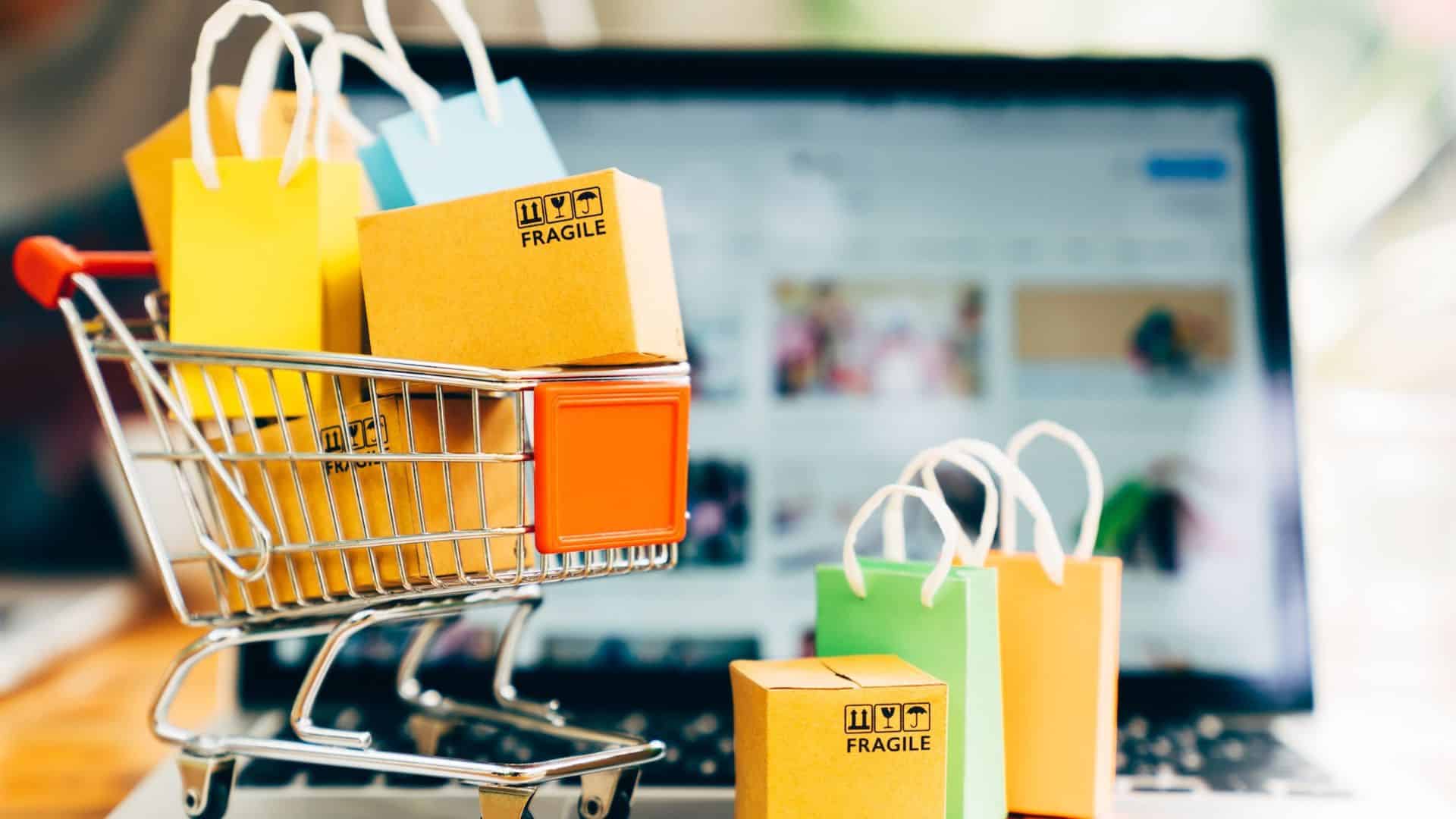Introduction
Did you know that only 46% of employees feel that their company helps them reach their full potential? It’s a surprising fact, but many organizations lack clear strategies for defining and managing performance goals. Establishing effective goals not only enhances productivity but also boosts employee engagement and satisfaction. Want to know how to achieve this? Stay with us until the end to discover practical performance goals examples that can transform your team’s success.
What Are Performance Goals and Why Are They Important?
Performance goals are specific targets set to measure an employee’s performance in their role. These goals act as a roadmap, guiding team members towards achieving concrete results that benefit both them and the organization.
Benefits of Setting Clear Performance Goals
- Increased Productivity: When employees know exactly what’s expected of them, they are more likely to work efficiently and effectively.
- Higher Engagement: Well-defined goals create a sense of purpose, increasing motivation and reducing employee turnover.
- Fair Performance Evaluation: Specific objectives allow for more objective performance assessments, facilitating constructive feedback and professional growth.
In essence, setting and communicating performance goals helps close the gap between current and expected performance while providing employees with a clear, tangible direction for their growth within the organization.
How to Define Effective Performance Goals
Defining performance goals isn’t just about setting expectations. It’s about aligning them with the company’s strategy and considering each employee’s individual strengths. Here are some methods to create performance goals that drive success:
Use the SMART Model
The SMART model is one of the most effective ways to set clear and achievable goals. Each goal should be:
For example, instead of setting a vague goal like “improve productivity,” you can opt for something more concrete like: “Increase productivity by 15% over the next three months by optimizing internal processes.”
Consider Both Personal and Professional Goals
Performance goals should reflect not only the company’s expectations but also the employee’s interests and aspirations. Aligning business objectives with personal goals fosters a sense of ownership and commitment.
Align Goals with the Company’s Vision
Every goal should be linked to the company’s mission and vision. This ensures that each individual effort contributes to a larger purpose, driving growth and cohesion across the entire organization.
Performance Goals Examples to Inspire Your Employees
Setting performance goals is more than just checking off tasks; it’s about motivating employees to reach their full potential. Below are some practical examples of performance goals that can help inspire your team members to excel in various areas.
Goals to Boost Productivity
- Improve Task Efficiency: “Reduce the time taken to complete monthly reports by 20% over the next quarter by implementing new automation tools and workflow processes.”
- Enhance Time Management: “Increase daily focus hours by scheduling two uninterrupted 90-minute work blocks every day for the next three months.”
These goals help employees manage their time better and focus on high-impact tasks, ultimately increasing overall productivity.
Goals for Effective Communication
- Improve Feedback Skills: “Provide constructive feedback to at least one team member every week for the next six months to foster a culture of continuous improvement.”
- Enhance Team Meetings: “Lead a 15-minute daily stand-up meeting to align on priorities and address blockers, ensuring all team members are on the same page.”
Communication goals like these can help employees express themselves more clearly and collaborate more effectively, which is essential for a thriving workplace.
Goals for Professional Development
- Learn a New Skill: “Complete an advanced Excel course and apply the new skills in at least one project within the next six months.”
- Expand Industry Knowledge: “Attend at least three webinars or workshops related to the industry over the next quarter to stay updated with the latest trends and best practices.”
These goals support personal growth and show that the organization values continuous learning and development.
Goals for Teamwork and Collaboration
- Foster Cross-Department Collaboration: “Participate in a cross-departmental project every quarter to improve understanding and communication between different teams.”
- Build Team Morale: “Organize a monthly team-building activity for the next six months to strengthen team relationships and improve overall morale.”
Focusing on teamwork goals helps create a supportive environment where everyone feels valued and motivated to contribute to collective success.
How to Measure the Success of Performance Goals
Setting performance goals is just the beginning; the real challenge lies in measuring their success. By tracking progress effectively, you can identify what’s working and what needs adjustment. Here are some strategies and tools to ensure your performance goals are on the right track.
Tools and Techniques for Measuring Success
- Key Performance Indicators (KPIs): Establish specific KPIs for each goal. For example, if the goal is to improve customer satisfaction, your KPI might be the Net Promoter Score (NPS) or the number of positive reviews received monthly.
- Performance Reviews: Regular performance reviews provide a structured opportunity to discuss progress, achievements, and areas for improvement. Schedule these reviews quarterly or biannually to ensure goals remain relevant and achievable.
- Employee Self-Assessment: Encourage employees to conduct self-assessments before performance reviews. This helps them reflect on their progress and provides valuable insights for a more productive discussion during the review.
- Feedback Loops: Create a culture of continuous feedback where managers and peers can share constructive input. This helps employees understand how their performance is perceived and what changes they need to make.
Continuous Monitoring and Constructive Feedback
Monitoring progress is crucial, but it’s equally important to provide constructive feedback along the way. Here’s how you can do it:
- Frequent Check-ins: Hold regular check-ins to discuss progress and challenges. This could be weekly, bi-weekly, or monthly, depending on the nature of the goals.
- Adjust Goals as Needed: If circumstances change or an employee is consistently exceeding their goals, don’t hesitate to adjust them to keep the challenges relevant and motivating.
- Celebrate Milestones: Recognize and celebrate when employees hit major milestones. This boosts morale and reinforces positive behaviors.
Performance Goals Examples for Different Roles
Not all roles are the same, and performance goals should reflect the unique responsibilities and skills required for each position. Here are some tailored examples for various job roles:
For Sales Roles
- Increase Sales Revenue: “Achieve a 20% increase in monthly sales revenue over the next six months by focusing on upselling and cross-selling to existing clients.”
- Improve Customer Retention: “Reduce churn rate by 15% within the next quarter by implementing a proactive customer engagement strategy.”
For Marketing Roles
- Boost Website Traffic: “Increase website traffic by 30% over the next three months through a combination of SEO and content marketing strategies.”
- Enhance Lead Generation: “Generate 50 high-quality leads per month by optimizing the company’s LinkedIn outreach and email marketing campaigns.”
For Human Resources Roles
- Streamline Recruitment Processes: “Reduce the average time-to-hire from 45 to 30 days over the next quarter by implementing a new applicant tracking system and improving interview scheduling.”
- Improve Employee Engagement: “Increase employee engagement scores by 20% within the next six months by launching a new internal communication platform and conducting monthly pulse surveys.”
These examples provide a starting point for creating customized performance goals that align with specific roles and organizational objectives. For more insights on effective people management strategies, be sure to check out our People Management page.
How Humand Can Help Optimize Performance Goal Management?
Managing performance goals effectively can be challenging, especially in large organizations with diverse teams. This is where Humand steps in. As an all-in-one HR platform, Humand centralizes the entire process, making it easier to set, track, and achieve performance goals across your organization.
Streamlined Goal Setting and Tracking
With Humand, you can:
- Set Clear and Specific Goals: Create and assign performance goals tailored to each role or department. Whether you’re focusing on sales targets or professional development, you can ensure every goal is SMART (Specific, Measurable, Achievable, Relevant, Time-bound).
- Monitor Progress in Real-Time: Use our intuitive dashboard to track progress and performance metrics in real-time. This allows managers to provide timely feedback and support, ensuring employees stay on track.
- Facilitate Transparent Communication: Humand’s communication tools allow employees and managers to have open conversations about goals, expectations, and progress. This fosters a culture of transparency and continuous improvement.
Centralized Performance Reviews
Humand simplifies performance reviews by:
- Automating Review Schedules: Never miss a performance review again. Humand lets you schedule and automate reminders for both managers and employees, ensuring a consistent review cycle.
- Creating Comprehensive Reports: Generate detailed reports that include performance metrics, feedback, and self-assessments. These reports provide a holistic view of each employee’s performance, making reviews more effective and insightful.
By using Humand, companies can create a unified system that supports goal-setting, tracking, and evaluation, ultimately driving employee success and organizational growth.
Conclusion
Effective performance goals are more than just a tool for evaluation; they’re a roadmap to success for both employees and organizations. By setting clear, achievable goals tailored to each role, companies can boost productivity, enhance communication, and foster professional growth. Implementing these strategies doesn’t have to be complicated—with platforms like Humand, you can streamline the entire process, from setting goals to tracking progress and conducting reviews.
Whether you’re looking to improve team collaboration, enhance individual performance, or align your workforce with the company’s vision, start with the right performance goals. With the examples and strategies discussed here, you’re now equipped to drive employee success and, ultimately, organizational growth.
For additional insights on performance goal-setting, you can also read this Forbes article.
FAQs
What is an example of a performance goal?
An example of a performance goal could be: “Increase sales by 15% over the next quarter by implementing a new outreach strategy and conducting weekly team training sessions.” This goal is specific, measurable, achievable, relevant, and time-bound (SMART), making it clear what is expected and how success will be evaluated.
How do you write performance goals for yourself examples?
To write performance goals for yourself, be specific and measurable. For example, “Enhance project management skills by focusing on delegation, timeline adherence, and effective communication over the next year to become a more effective team leader.” This clarity helps monitor progress and achieve desired outcomes efficiently.
What are SMART goals for performance?
SMART goals for performance stand for Specific, Measurable, Achievable, Relevant, and Time-Bound. These criteria ensure that performance objectives are clear, realistic, and impactful, avoiding vagueness and setting a clear path to achievement.








